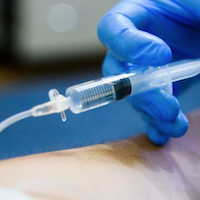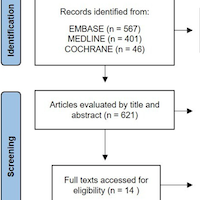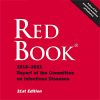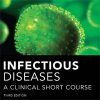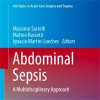Prone Positioning of Nonintubated Patients with COVID-19
journals.lww.com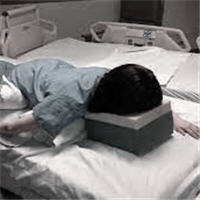
Despite the significant variability in frequency and duration of prone positioning and respiratory supports applied, prone positioning was associated with improvement in oxygenation variables without any reported serious adverse events.
The results are limited by a lack of controls and adjustments for confounders. Whether this improvement in oxygenation results in meaningful patient-centered outcomes such as reduced intubation or mortality rates requires testing in well-designed randomized clinical trials.
Data on prone positioning location (ICU vs non-ICU), prone positioning dose (total minutes/d), frequency (sessions/d), respiratory supports during prone positioning, relative changes in oxygenation variables (peripheral oxygen saturation, Pao2, and ratio of Pao2 to the Fio2), respiratory rate pre and post prone positioning, intubation rate, and mortality were extracted.
25 observational studies reporting prone positioning in 758 patients were included.


